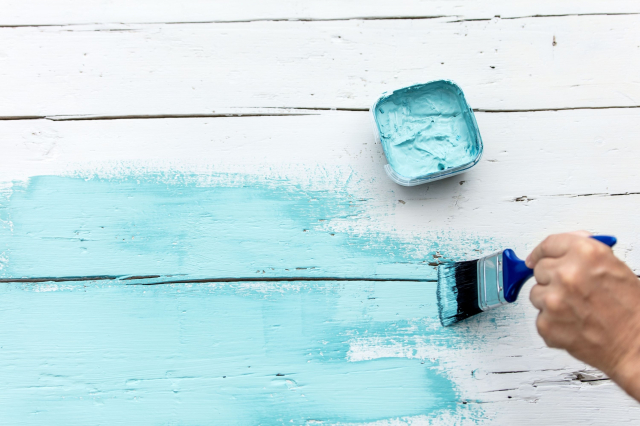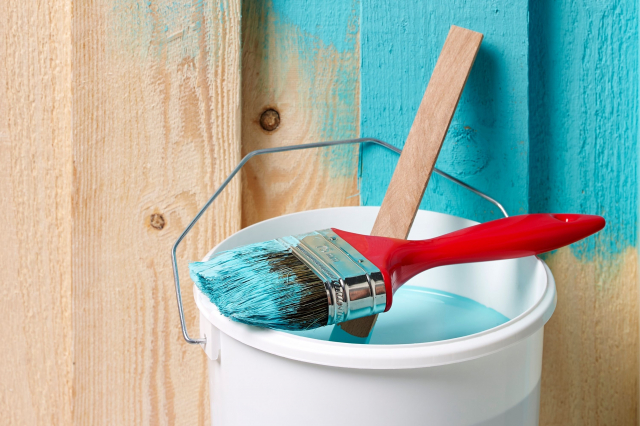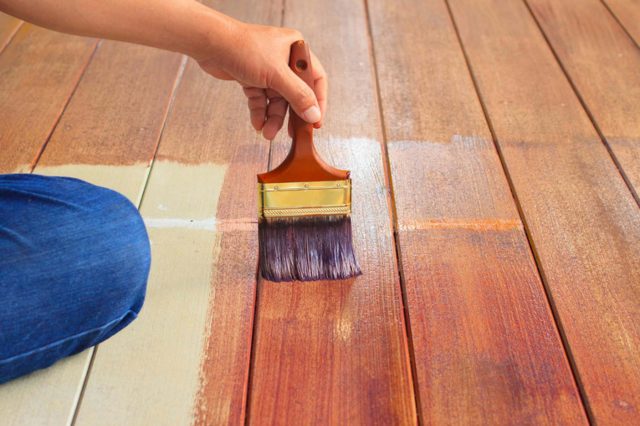Can Painted Wood Be Covered With Varnish?
Not sure whether to varnish painted wood or not? This article will give you the answer
Wood is quite a delicate material although it may seem to be sturdy and durable. Nevertheless, despite a strong appearance, wooden objects require quite a lot of care and proper maintenance to look nice and serve you long. And one of the most common issues owners face is whether or not a varnish can be used on top of a painted wooden piece.
In this article, we will do our best to find the answer! You will learn whether using a varnish on painted wood is necessary and what varnish is best to use on painted wood. Also, you will get a detailed guide on how to apply varnish to painted wood objects correctly including the preparation steps.
Finally, you will learn whether it’s better to spray or brush your varnish and what varnishes are considered the best for painted wood surfaces. With all this in mind, your wooden items will look great and stay in use much longer, avoiding wear and tear!
Can You Varnish Over Painted Wood?
This is a common question that people ask when they need to somehow protect their wooden furniture or other wooden items from wear and tear that comes with years. Shortly speaking, yes, it’s advisable to varnish over painted wood since it is the optimal way of extending the paint’s lifespan.
Varnish is designed to protect, preserve, and enhance paint. By applying varnish on your painted wooden surface (e.g. painted handrails, furniture, steps, or other woodworking projects), you create a protective layer that preserves the colors and the wood.
And at the same time, this layer still allows the paint to show through. In addition, the varnish is more durable than paint which means that this protection will last longer.

However, with all the modern alternatives and options in coatings like polyurethane, shellac, urethane, or varnish people often get confused about the most suitable formula they should use. If this is the case, note that most professionals recommend using water-based varnish over paint.
Why this one, you may wonder?
See, most clear-coat products tend to develop a yellowish tint over time. It happens because of oil-based formulas that contain volatile organic compounds (VOCs). But water-based varnish doesn’t contain VOCs, thus, it will not turn yellow, unlike oil-based clear-coat products.
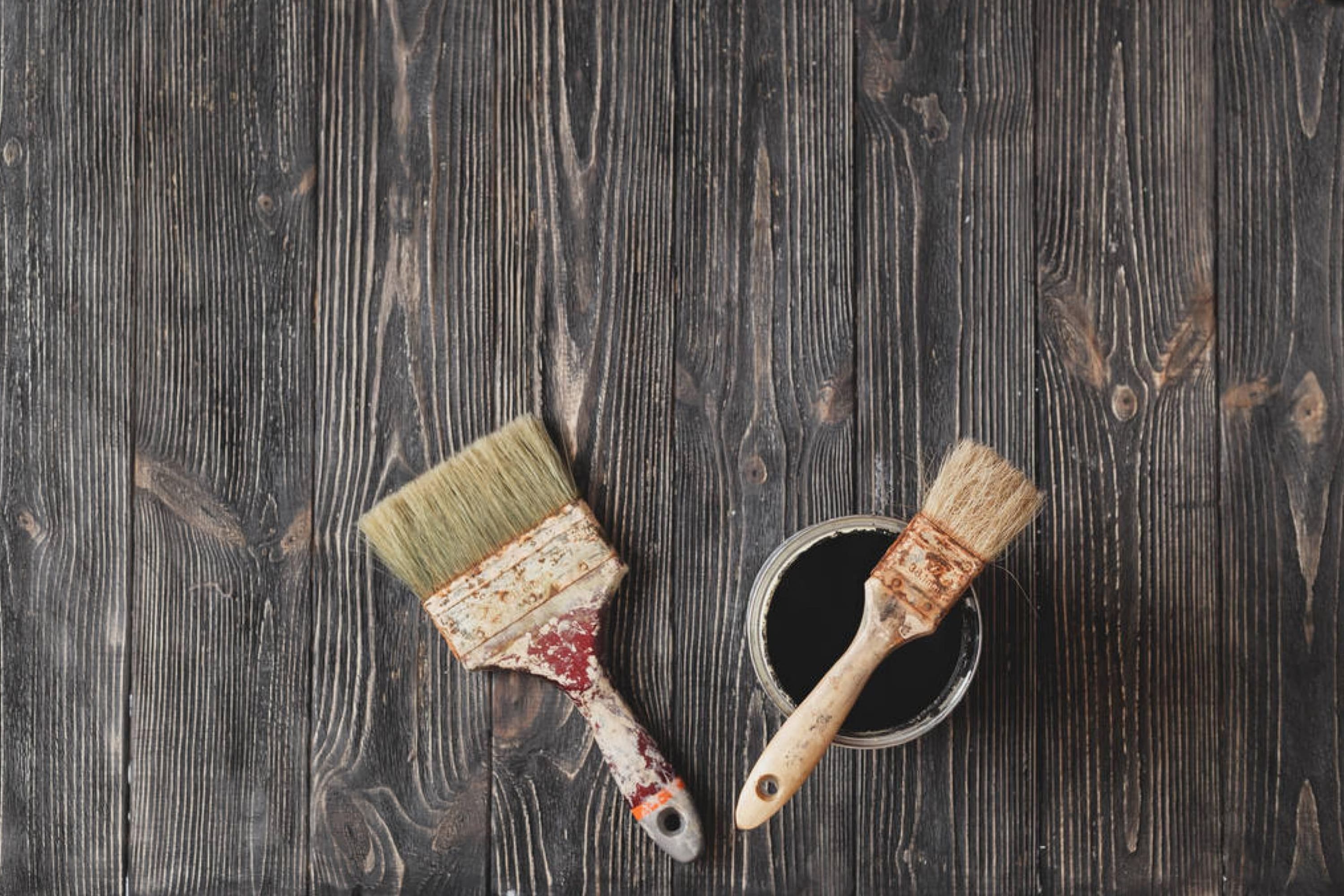
vladeephoto via VistaCreate
Table of Contents
How Do You Varnish Wood That Was Painted?
If you have a painted wooden piece that you want to protect from deterioration and preserve the colors of the decor on its surface, applying a protective coat of varnish might be your first solution to think about.
Varnish can be used on all sorts of wooden surfaces like rails, boxes, furniture, steps, cabinet doors, and a lot of others. It means that even if your entire house is furnished with wooden items, you will be able to keep them safe with varnish easily!
But in order to make it work, you need to know how to apply varnish correctly. And no, it’s not only about grabbing a brush and applying a few strokes over the wooden piece! Read on to learn how you should use varnish correctly.
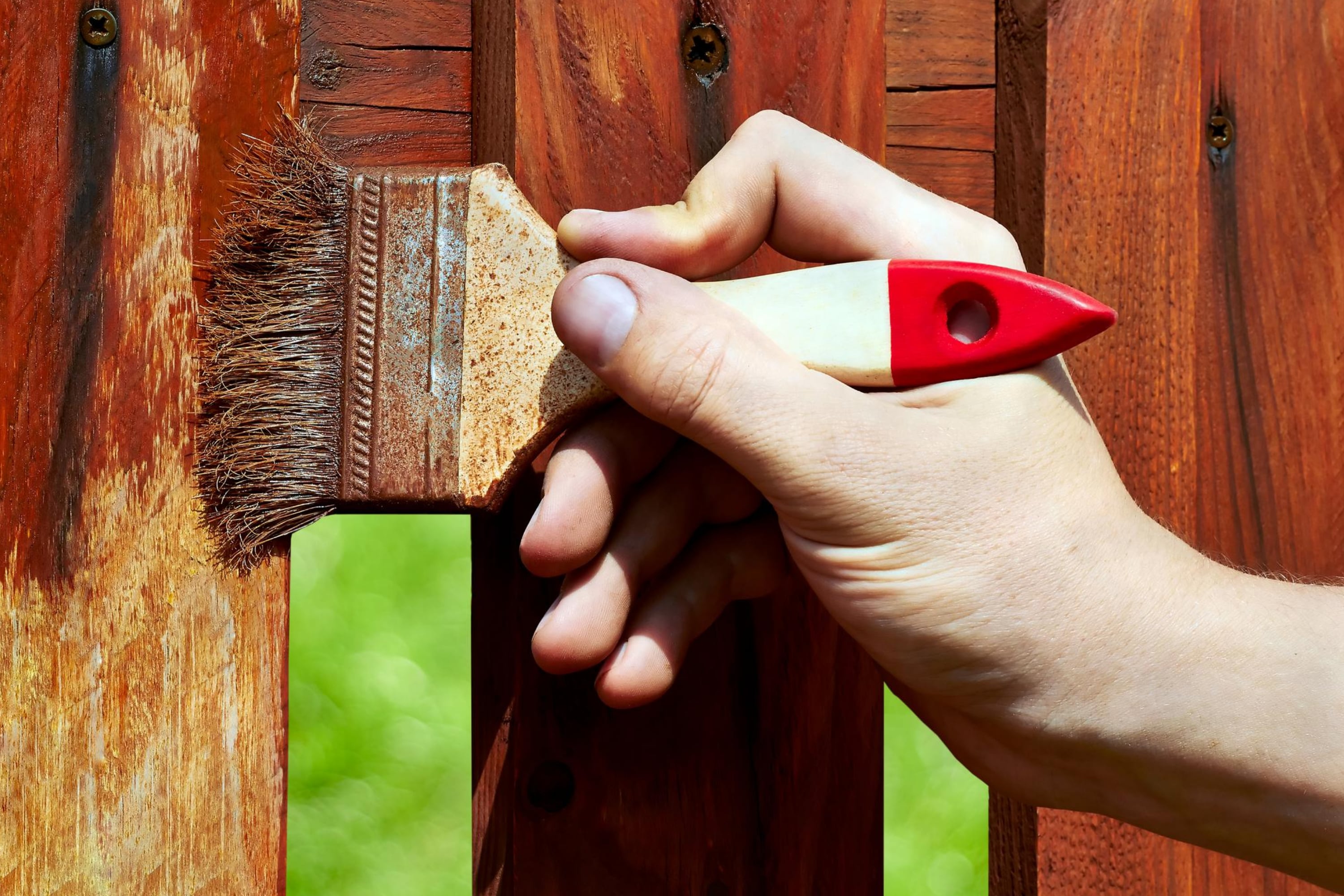
lianna_s via VistaCreate
Start With Getting the Surface Ready
If you want to get a smooth coat of varnish (and we are sure you want it!), the underlying paint surface must be clean and smooth. If the surface is covered with grime or dirt, the varnish will not be able to adhere to it properly!
What you should do is to wash the surface of your wooden piece with a soapy sponge and allow it to dry. Also, remember to sand the painted surface lightly with 100-grit sandpaper. It will help you rough it up to make the varnish adhere better.
In case you see that paint is flaking, those loose particles must be removed with a wire brush, and then the surface should be treated with sandpaper until smooth to the touch.
Don’t Forget About the Primer!
If your wooden item is painted with an oil-based paint (like on most of older painted surfaces), note that varnish will not adhere properly to it without adding a primer first. If you are still not sure what kind of paint was used, test it by rubbing a small area with a cotton swab dipped in alcohol.
If the paint rubs off easily, it’s likely to be oil-based. It means that you will need a water-based primer. But even if you can’t determine what kind of paint you’re dealing with, simply apply the primer anyway. Adding a primer over water-based paint won’t hurt.
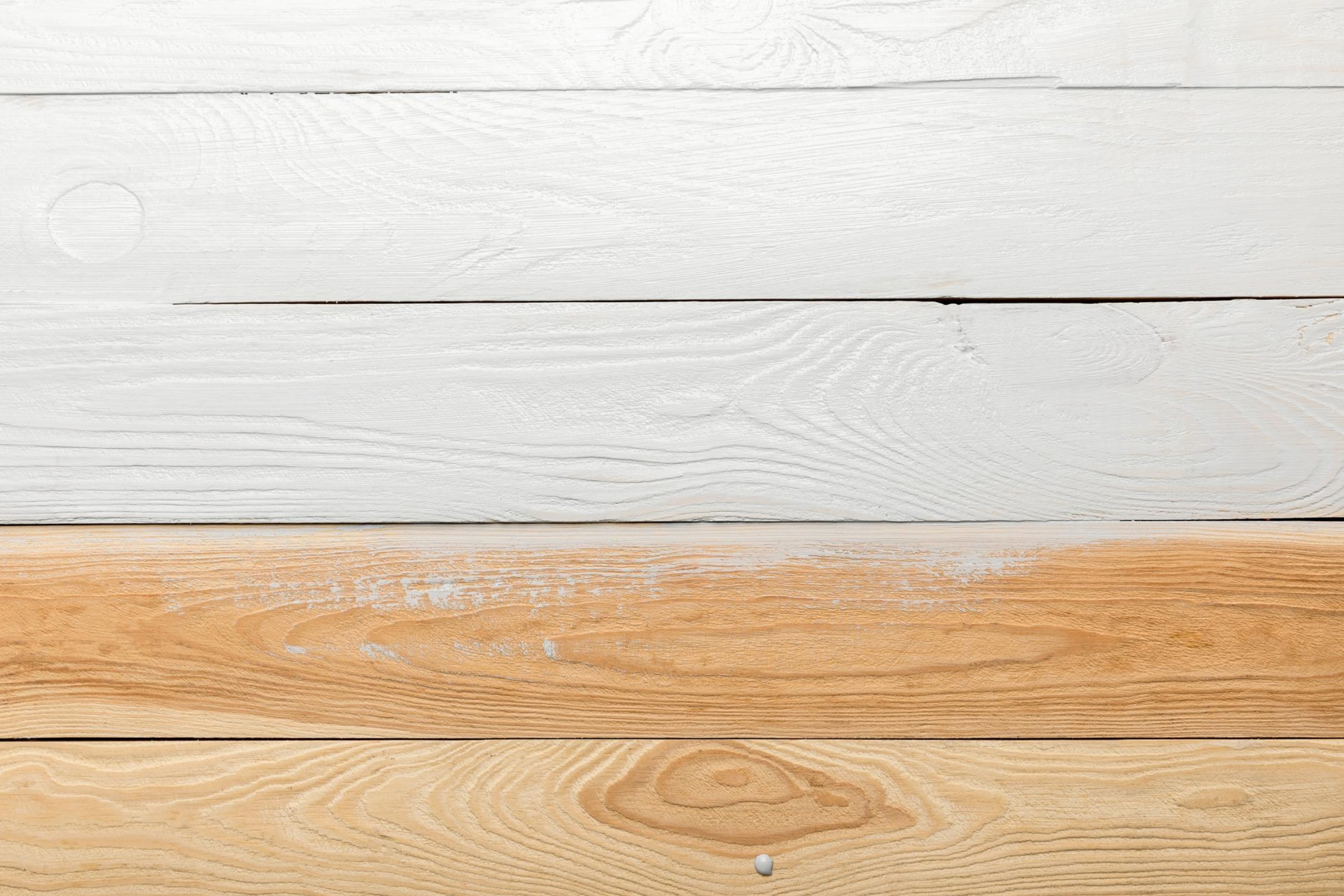
AntonMatyukha via VistaCreate
Decide On Your Varnish Gloss
Most people tend to skip this step but choosing your varnish gloss is important! Your choice will depend on the effect you want to get on your wooden piece. For example, if you use high-gloss varnish, you will get is exactly what it sounds like. It will add a glossy sheen to the painted woodwork so that it looks like a mirror.
This is why, if having such glossy pieces at home is not what you are planning, stick to medium-gloss varnish instead. It also has some gloss, but not enough to turn a piece of furniture into a disco ball!
A low-gloss or satin finish is more suitable for retaining the older look of the paint, or for more of an antique finish.
Apply the Varnish
Finally, when you prepared the surface and decided what type of varnish and finish you will use, apply the varnish. If you are already experienced in this kind of work, feel free to do it with a paintbrush. But for the newbies, we would recommend opting for a spray version instead to ensure a smooth and even finish:
- Hold the can about 8 inches from the surface at about a 30-degree angle
- Spray varnish to coat the surface lightly
- When it’s dry to the touch, sand the surface lightly with 220-grit sandpaper
- If the surface has carvings that you can’t reach with sandpaper, use fine-grit steel wool
- Add up to three additional coats of varnish for a deeper gloss and better protection
Now you know how to apply varnish to a piece of wood that has been previously painted. With this guide, you will be able to preserve your older piece that is precious to you, as well as protect the new ones to make them serve you longer.
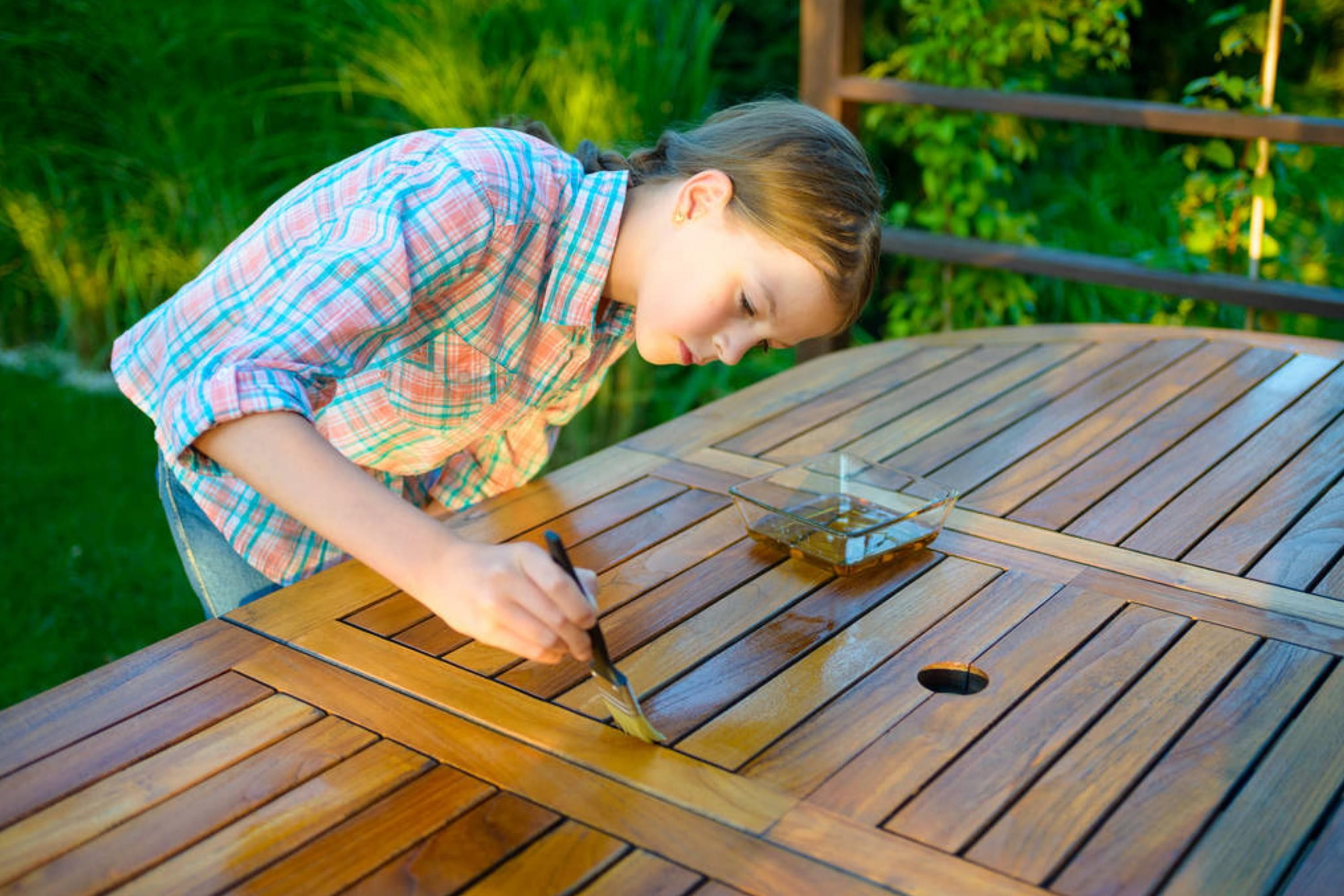
bubutu via VistaCreate
Is It Better to Spray or Brush Varnish?
As you already know, it is essential to apply varnish on your painted wooden surface as evenly as possible. In this case, you will ensure the surface is coated smoothly and the protection is decent.
However, if you are new to using varnishes, you may find it rather tricky to apply the product on your painted surface in the correct way. Most often, people can’t choose between using a brush and spraying the varnish. This is why knowing which method suits you better can help you achieve the desired effect.
By spraying varnish, you establish an even and consistent coat on the wooden surface. Plus, it is quick and easy to apply for even an inexperienced person. On the other hand, using this method comes with less control of the varnish applied, which means that it’s easy to apply more (or less) than you need.
In addition, it’s not recommended for paintings with high textures.
As for using a brush to apply varnish, this method is often preferred over spraying because it allows you better control of the thickness of the application. When you are using a brush, you can control how hard you can press it and how thickly you want to apply the varnish, which is often impossible if you are spraying it.
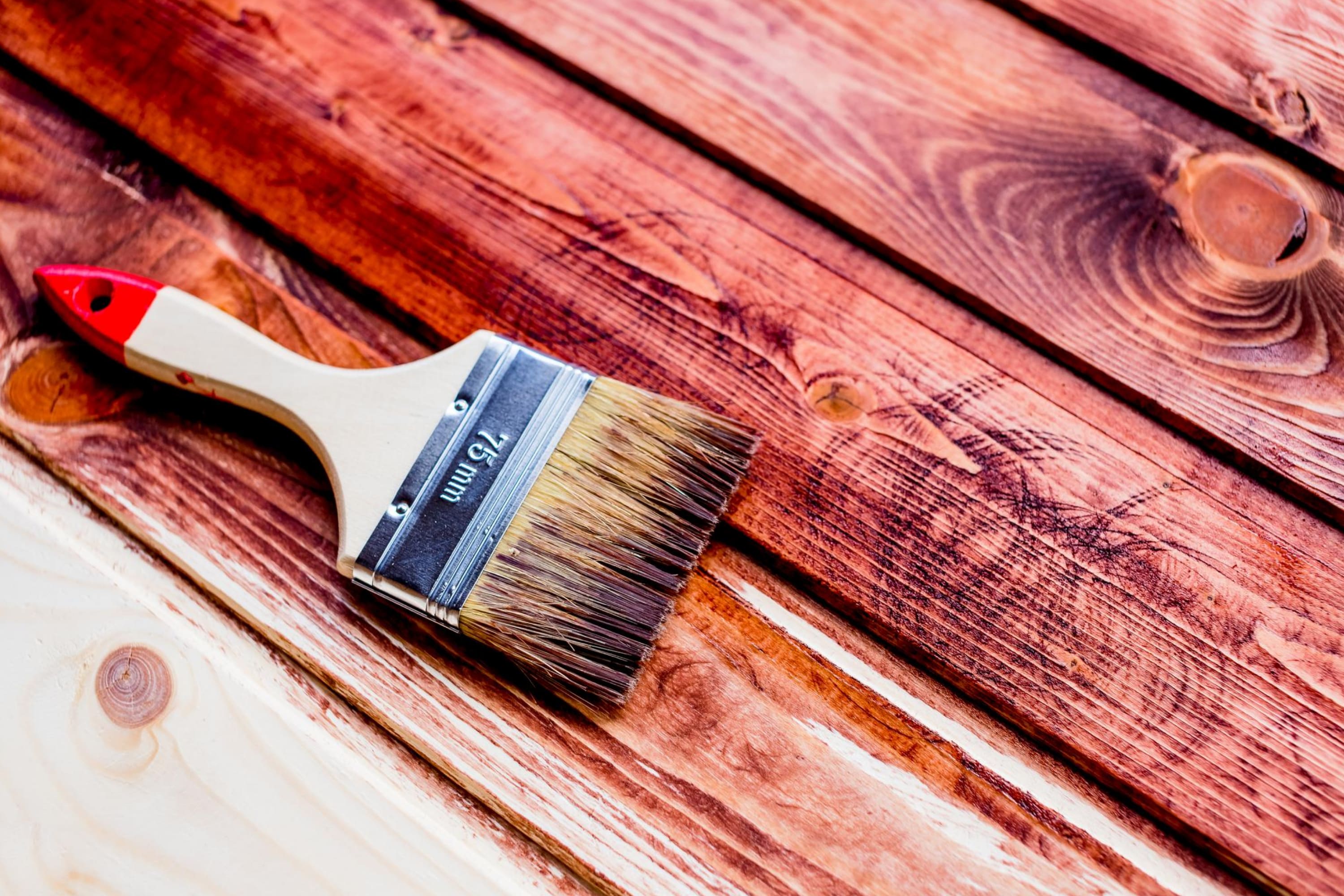
Ischukigor via VistaCreate
Tips For a Flawless Varnish Application
If you are not experienced in varnish application, you may think now that you need professional help for coating your painted wood piece.

However, with a bit of information, you will be able to manage it yourself! We recommend you a few handy tips that will help you use varnish like a pro!
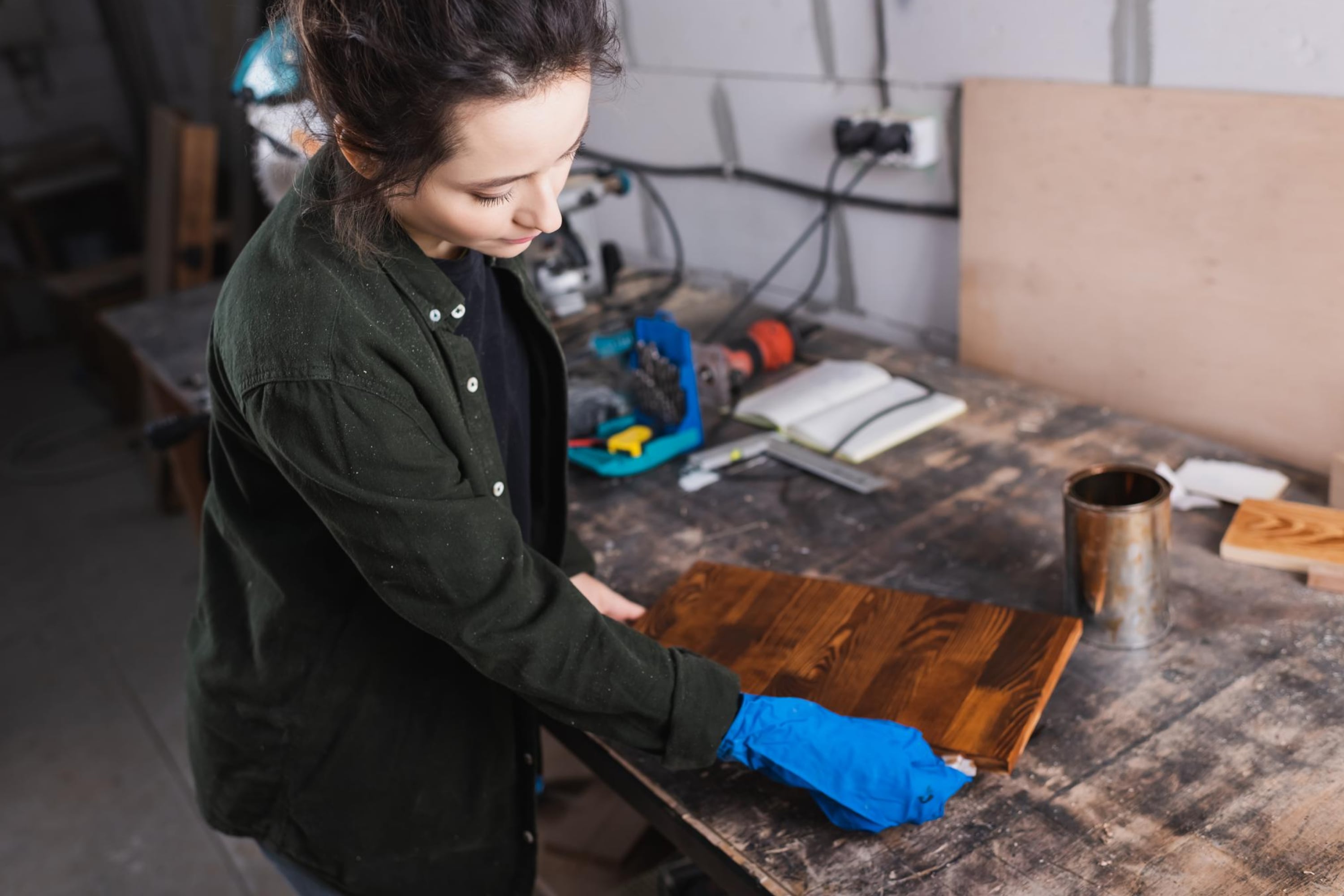
Ischukigor via VistaCreate
Stain And Surface Should Match
If you need to varnish rough surfaces like shingles and/or rough-sawn wood, it’s best to use oil-based varnishes. They will penetrate the wood better than latex ones, which is why they are often ideal for rough surfaces that require quite a lot of varnishing. Moreover, they have a few additional perks:
- You can apply oil stains in layers for getting a varied opacity
- They are easy to renew
- They offer good protection without hiding details of the wood grain or painted ornaments, etc
- Oil varnish can last up to seven years on rough wood

VadimVasenin via VistaCreate
Wipe Instead Of Brushing
If you want to use less wood stain for your project, you might want to wipe the varnish onto the wood instead of spraying or brushing it. This method will also work ideally if you need to apply an even coat of varnish on a hard-to-reach part of your item.
Don’t Avoid Rollers!
If you’re working with even, wide surfaces, consider using a roller instead of a brush. It will save you a lot of time and besides, you will be satisfied with much better results! When using a roller, you can forget about those ugly marks that usually come with brushing.
However, note that rollers tend to spread the finish in thin layers! So if you need to cover your wooden piece thickly, you may have to apply two coats of varnish or even more. Besides, rollers are also difficult to clean, so you will most likely want to discard the one you use for varnishing. Luckily, they are cheap!
So, now you know more about applying varnish over painted wooden pieces. You learned that it is basically possible to varnish previously painted wood. Also, you figured out how varnish works on wooden surfaces. Moreover, we told you how exactly varnish should be applied so that you can achieve a smooth and even coating.
Additionally, now you know what application method might be better for you since we told you what differences there are between brushing and spraying varnish over the painted wood.
With all this in mind, you will be able to choose the most suitable type of varnish to protect your wooden items and apply it correctly.
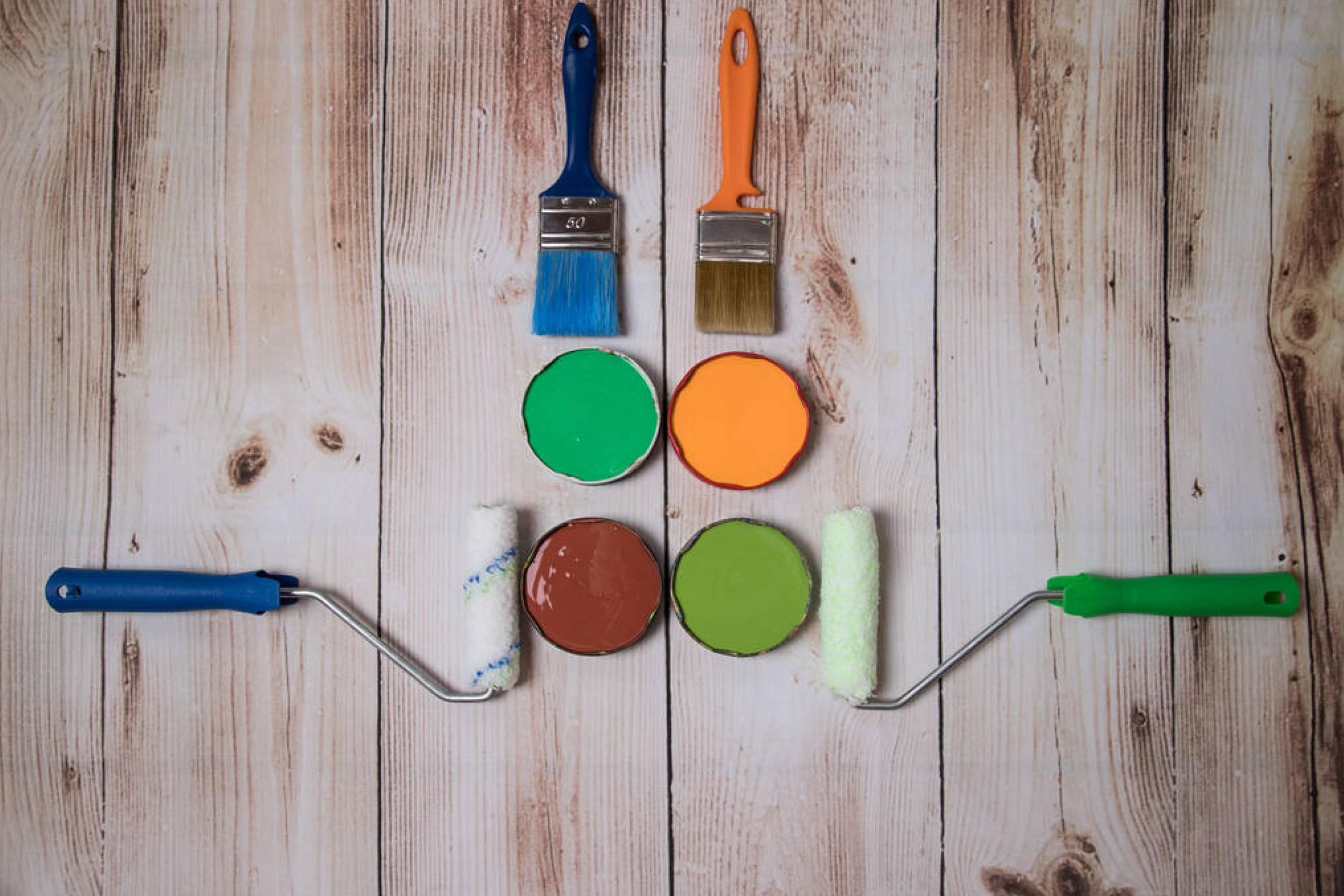
iritetereva via VistaCreate
Ever wished paint sampling was as easy as sticking a sticker? Guess what? Now it is! Discover Samplize's unique Peel & Stick samples. Get started now and say goodbye to the old messy way!
Get paint samples




Frequently Asked Questions
⭐Can you put clear varnish over matt paint?
Yes, it’s good to seal your matt paint with clear varnish. But you should go for a polyurethane varnish since it offers better protection against wear and tear.
⭐How long does varnish last after it’s applied?
It depends on its type. Gloss oil-based varnish can last 10 or 20 years, though satin finishes may fail sooner. Water-based coatings can also last longer than three years.
⭐How long will the varnish take to dry on acrylic paint?
Professionals say that varnish takes from 3 to 6 hours on average between coats to dry.


